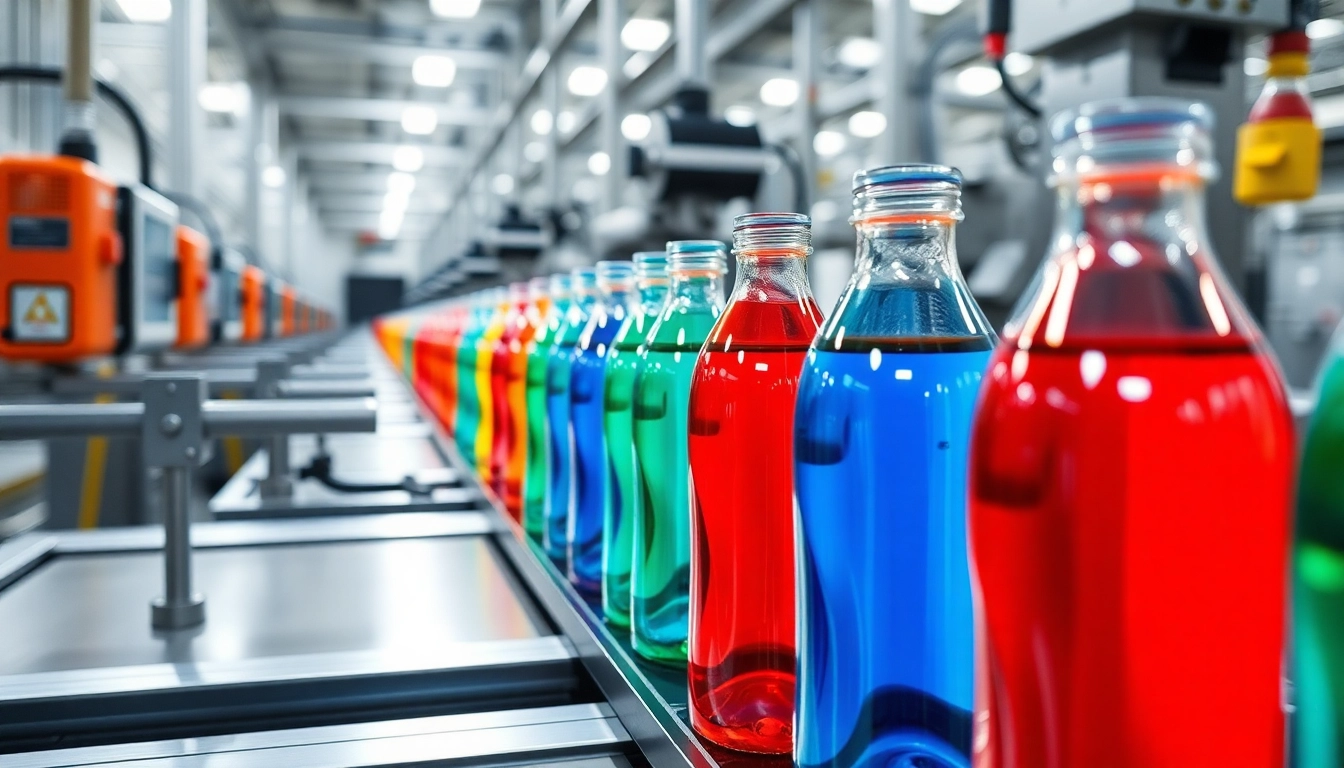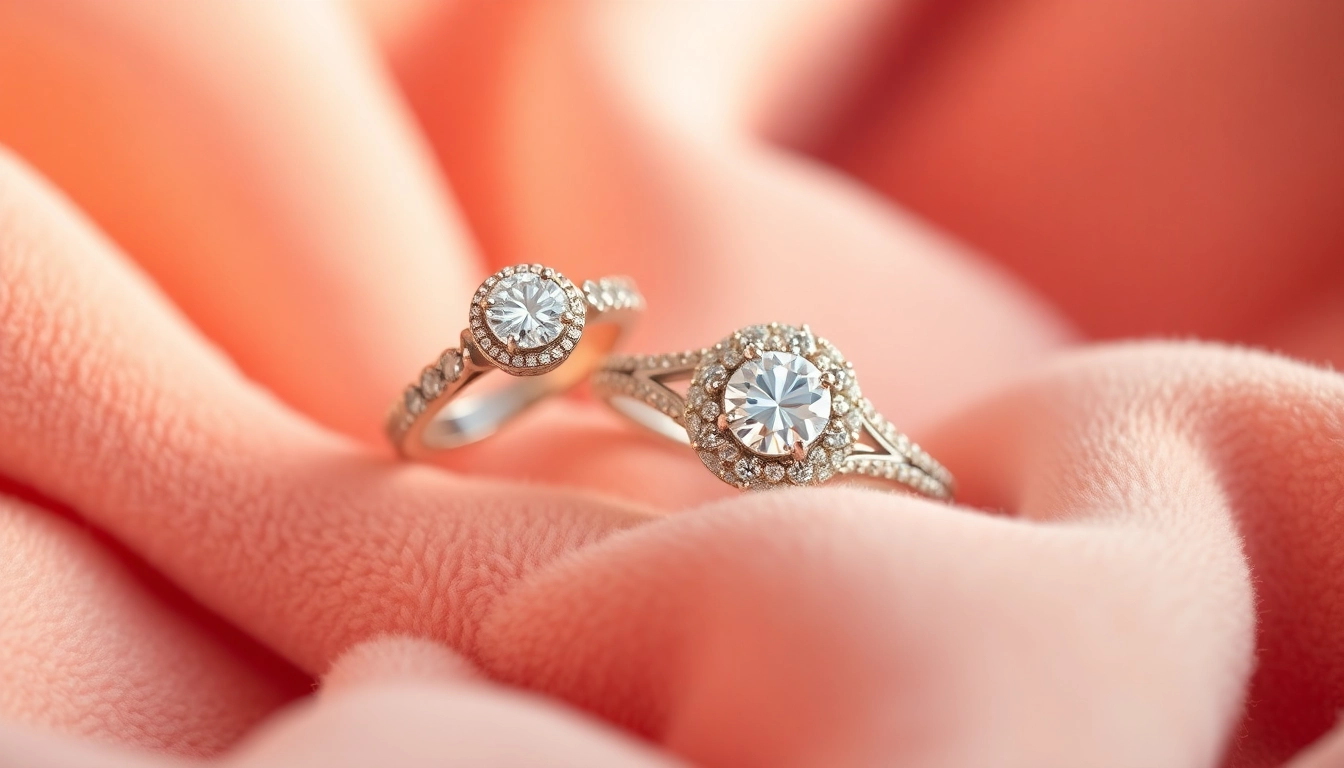Introduction to Polyethylene Bottles and Industry Applications
In the dynamic world of packaging, polyethylene bottles have cemented their position as a versatile, durable, and cost-effective choice across numerous industries. From pharmaceuticals and cosmetics to food and chemicals, these bottles serve as an essential container solution due to their combination of safety, flexibility, and environmental compatibility. Their widespread adoption is driven by continuous innovations that enhance performance, sustainability, and customization options. To understand the significance of polietilen şişe in modern manufacturing, let’s explore what makes these plastic bottles so invaluable and how they underlie a resilient packaging industry.
What is Polyethylene Bottle and Its Common Uses
Polyethylene, commonly abbreviated as PE, is a thermoplastic polymer widely utilized in the manufacture of bottles due to its excellent chemical resistance, impact strength, and manufacturing versatility. Polyethylene bottles are produced through a process called blow molding, which creates lightweight, uniform containers ideal for liquids like water, oils, detergents, and chemical solutions.
These bottles are found in a broad spectrum of sectors:
- Food Industry: Bottled water, cooking oils, and flavorings.
- Pharmaceuticals: Liquid medicines, syrups, and sanitizers.
- Cosmetics: Shampoo, conditioner, lotions, and body oils.
- Industrial Chemicals: Cleaning agents, lubricants, and industrial chemicals.
Their customizable shapes and sizes allow manufacturers to tailor products according to specific branding and functional needs. The market’s growing demand for lightweight, shatterproof, and cost-efficient packaging solutions spotlights the critical role of polyethylene bottles in modern supply chains.
Advantages of Using Polyethylene Bottles Over Traditional Materials
Choosing polyethylene bottles over traditional glass or metal counterparts offers numerous advantages essential for both producers and consumers:
Cost-Effectiveness
Polyethylene bottles are less expensive to produce, transport, and handle due to their lightweight nature and scalability in manufacturing. They significantly reduce logistics costs, especially in bulk distribution.
Durability and Impact Resistance
Unlike glass, polyethylene is resistant to shattering, making transportation and usage safer and more manageable across rougher handling environments. This resilience minimizes product loss and breakage-related expenses.
Safety and Food Compatibility
High-quality polyethylene is inert, ensuring that it does not impart flavors or react with contents, maintaining product integrity and safety standards. Food-grade polyethylene options conform to strict safety certifications, facilitating their use in consumables.
Design Flexibility
Manufacturers can produce bottles of various shapes, sizes, and closures. Additionally, polyethylene lends itself well to customization with embossments, labels, and eco-friendly modifications, aligning with branding strategies and consumer preferences.
Environmental Impact
Although plastics often face scrutiny, polyethylene bottles are highly recyclable. They present a lower carbon footprint compared to glass or metal, especially when considering their lightweight design that reduces transportation emissions. Advanced recycling techniques are continually making PE products more environmentally friendly.
Embracing polyethylene’s advantages positions companies to meet modern demands for sustainability alongside economic benefits.
Market Trends and Growth Opportunities in Plastic Packaging
The global polyethylene packaging market is experiencing rapid growth, driven by increasing consumer demand for sustainable, lightweight, and safe packaging options. The rise of e-commerce, coupled with a focus on protecting products during transit, fuels the expansion of polyethylene bottle production.
Technological Innovations
Advancements such as barrier coatings, antimicrobial additives, and eco-friendly biodegradable composites are enhancing polyethylene bottles’ performance and environmental profile. These innovations extend shelf life, improve safety, and support circular economy initiatives.
Emerging Markets
Developing countries are witnessing heightened demand for affordable and durable packaging, creating new opportunities for polyethylene bottle manufacturers. The expanding food, beverage, healthcare, and industrial sectors contribute to market growth.
Consumer Preferences
Consumers increasingly favor lightweight, convenient, and eco-conscious packaging. Companies that adapt to these trends by offering recyclable PE bottles with attractive designs are positioning themselves for long-term success.
By aligning with these market trajectories, manufacturers and suppliers can capitalize on sustained growth and innovation within the polyethylene bottle industry.
Selection and Quality Assurance of Polyethylene Bottles
Key Features to Consider When Choosing Polyethylene Bottles
Effective selection begins with understanding critical product features:
- Material Grade: Ensure the use of food-grade, FDA-approved polyethylene (such as HDPE or LDPE) for safety and compliance.
- Wall Thickness: Optimize for durability without excessive weight, balancing safety and cost.
- Closure Types: Caps, lids, or sprayers must fit securely, maintaining content integrity and preventing leaks.
- Transparency and Color: Clear bottles allow visual inspection; colored variants meet branding or content-specific needs.
- Printability: Surface compatibility with labels or embossments for branding and informational purposes.
Certifications and Standards Ensuring Product Safety
Certifications such as FDA approval, ISO standards, and compliance with local food safety regulations are essential. They ensure that polyethylene bottles are free from harmful additives and suitable for contact with consumables and chemicals.
How to Evaluate Manufacturer Reliability and Quality
Assessing manufacturer credibility involves reviewing:
- Production capacity and technical expertise
- Quality control processes and certifications
- Customer reviews and industry reputation
- Sample product testing and compliance documentation
Partnering with reputable suppliers guarantees consistent quality, safety, and supply chain efficiency.
Environmental and Health Considerations
Is Polyethylene Bottle Safe for Food and Cosmetic Use?
High-quality polyethylene bottles designated as food-grade are considered safe for storing edible and cosmetic products. They do not leach harmful chemicals under normal storage conditions, especially when compliant with standards like FDA or EU directives. However, it is advisable to use bottles with certifications confirming their safety for intended applications.
Environmental Impact and Recycling Options of Polyethylene
Polyethylene’s recyclability is one of its primary environmental advantages. The recycling process involves re-melting PE waste into pellets to produce new bottles, fibers, or other plastic products. Addressing waste management challenges requires that companies participate in and promote recycling programs, ensuring minimal environmental footprint.
Mitigating Risks and Ensuring Sustainability
To enhance sustainability, manufacturers are exploring biodegradable polyethylene variants, using additives that accelerate degradation, or implementing closed-loop recycling systems. Consumers and businesses can contribute by proper disposal and supporting brands committed to eco-friendly practices.
Implementation Tips for Business Success
Designing Custom Polyethylene Bottles for Your Brand
Customization includes using specific shapes, sizes, colors, and labeling techniques to differentiate your product. Working with experienced manufacturers ensures your design complies with industry standards while conveying brand identity effectively.
Cost Optimization and Bulk Purchasing Strategies
Purchasing in large quantities often reduces unit costs. Additionally, negotiating long-term contracts with reliable suppliers ensures price stability and supply chain security. Opting for standardized sizes can also lower costs through economies of scale.
Logistics, Storage, and Handling Best Practices
Proper storage conditions, such as keeping bottles in a cool, dry environment to prevent warping or degradation, are vital. Implementing efficient logistics practices ensures timely delivery and minimizes damages during transit.
Future Outlook and Innovations in Plastic Packaging
Emerging Technologies Enhancing Polyethylene Durability
Advancements like nano-coatings and antimicrobial additives improve the lifespan and safety of PE bottles. These innovations cater to industries demanding higher performance standards.
Innovations Toward Eco-Friendly and Biodegradable Options
The shift to biodegradable PE, bio-based polymers, and compostable composites aims to reduce persistent plastic waste. Researchers are developing materials with similar properties but faster degradation rates, aligning with global sustainability goals.
Long-term Industry Projections and Consumer Preferences
As consumers increasingly prioritize sustainability, the industry will likely see a surge in eco-conducive polyethylene solutions, coupled with digital personalization, smart labeling, and improved recycling infrastructure. The focus on reducing environmental impact while maintaining product safety and quality will drive innovation and investment.


